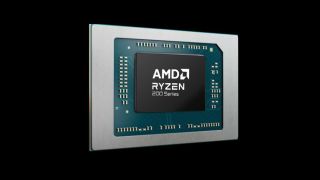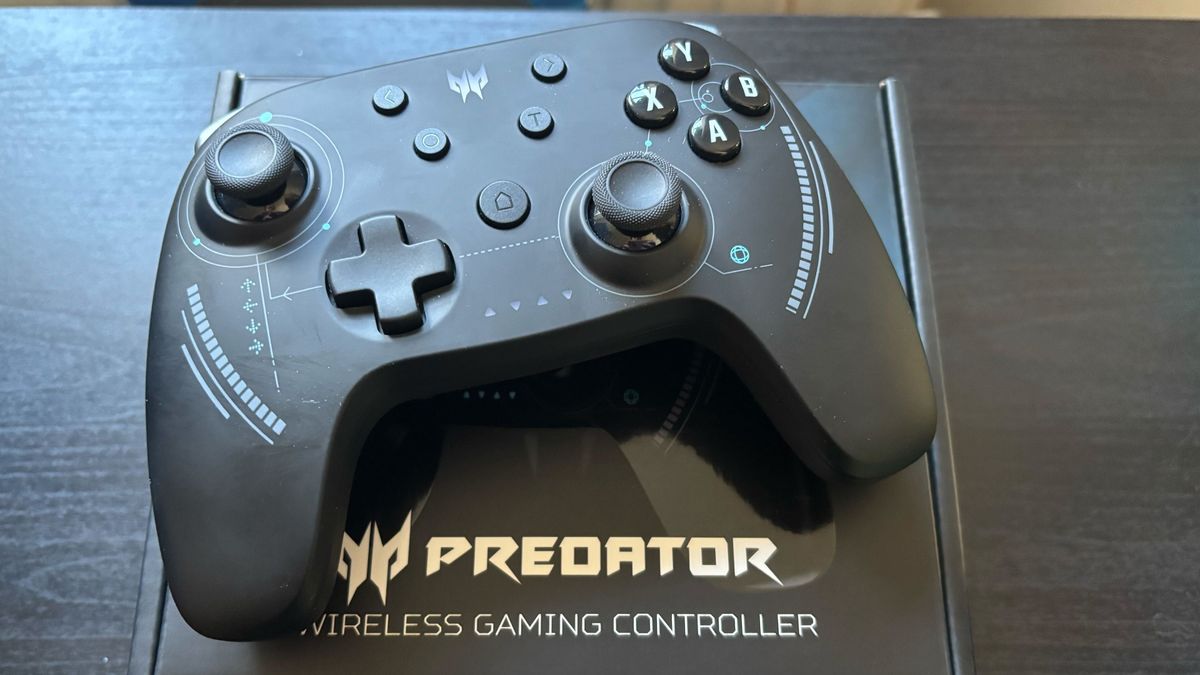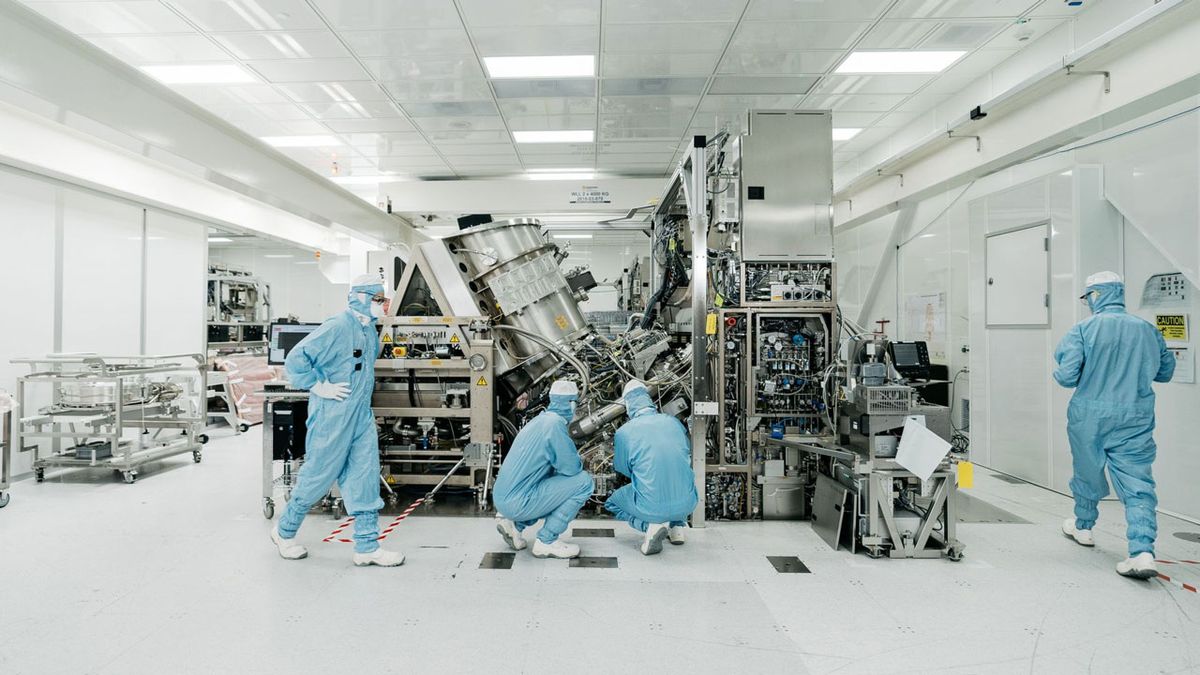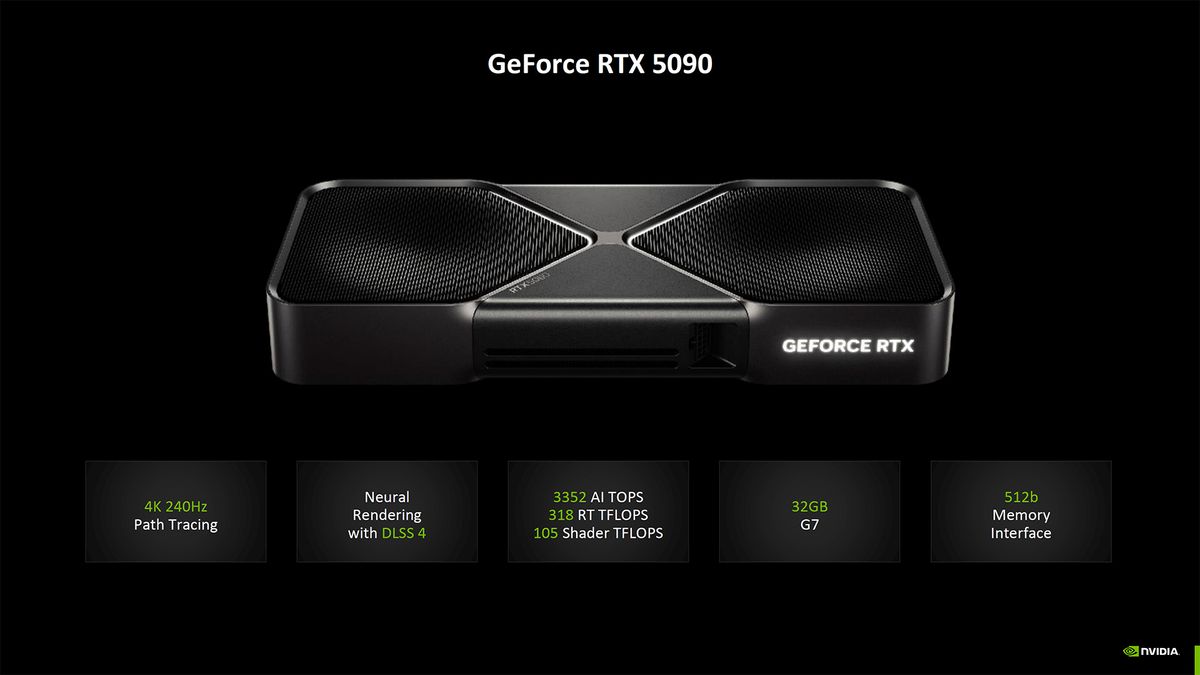AMD has launched its Ryzen AI 300 and Ryzen 200 series of mobile processors at CES 2025 at Las Vegas, debuting a total of 15 new models, across the PRO and non-PRO stack for mainstream and commercial laptops. The company also shared new benchmarks results, showcasing the performance of its Ryzen AI 7 350 against Intel’s Core Ultra 7 258V and Qualcomm’s X Plus X1P-42-100.
The Ryzen AI 300 series codenamed “Krackan Point” serves as AMD’s go-to current-gen offering, featuring a hybrid of Zen 5 and Zen 5c cores coupled with the slightly dialed-down RDNA 3.5 based Radeon 860M and Radeon 840M iGPU (Integrated GPU) for graphics. Compliant with Microsoft’s requirements for a CoPilot+ PC, Krackan ships with an XDNA2-powered NPU (Neural Processing Unit) capable of dishing out 50 TOPS of AI performance.
Similar to Strix Point, AMD offers a wide cTDP Range for Krackan, from 15W to 54W allowing these chips to fit in all sorts of chassis, from lightweight notebooks to mid-ranged gaming laptops. Ultimately, the laptop manufacturer sets the TDP after taking into account the available cooling solution and performance goals. The Ryzen AI 300 series or Krackan Point is set to launch this quarter, with PRO models planned for Q2 2025, and we should see laptops equipped with these processors shortly.
The Ryzen 200 series, codenamed “Hawk Point Refresh,” as you guessed leverages Hawk Point (Ryzen 8040/45) silicon under the hood. Hawk Point, in turn, is a refresh of Phoenix (Ryzen 7040) with an improved XDNA-based NPU. The Ryzen 200 series, conveniently lacking the “AI” tag, is not certified for Microsoft’s CoPilot+ due to its 16 TOPS NPU. These processors employ cores designed using the Zen 4 architecture, with some hybrid models incorporating a mix of Zen 4 and Zen 4c cores. Notably, the hybrid variants are likely lower-binned models as they lack an NPU; akin to Phoenix 2 chips.
Across the stack, RDNA 3 powers the graphical end of these Ryzen 200 processors including the Radeon 780M, Radeon 760M and Radeon 740M iGPUs (Integrated GPUs). Despite the lack of a TDP-defining suffix, these processors are very similar to the Ryzen 8040/45 series in terms of power draw. AMD has slated both Ryzen 200 PRO and non-PRO models for a Q2 2025 launch.

Kicking things off with performance metrics, AMD touts its Ryzen AI 7 350 as up to 35% and 30% faster than the Qualcomm X Plus X1P-42-100 and Intel Core Ultra 7 258V, across an average of nine
applications. Upon closer examination, the Ryzen AI 7 350 leads its Qualcomm and Intel counterparts by 30% and 54% in the Cinebench R24 multicore test, per AMD. This lead extends even further in real-world productivity utilities such as Handbrake and Blender.
Boasting a 50 TOPS NPU which is marginally higher than the competition, the Ryzen AI 7 350 amasses 1,930 points in the Procyon AI benchmark, landing it a 6% lead over Lunar Lake. Given the potential for bias in first-party benchmarks, it’s advisable to wait for independent testing before we jump to a conclusion. We’ve included the test notes below.

The Ryzen AI 300 family features a total of four models divided into two standard and two PRO models. At the top of the stack, we have the flagship Ryzen AI 7 350 wielding eight cores (four Zen 5 and four Zen 5c) and sixteen threads with a boost clock reaching 5 GHz and 24MB of combined L2 and L3 cache. The Ryzen AI 5 340 follows with six cores (three Zen 5 and three Zen 5c) and twelve threads, with a slightly lower boost clock at 4.8 GHz. The PRO variants offer similar specifications to their standard (non-PRO) counterparts but include a handful of added features for business users and extra security perks.
New to the Radeon family are the Radeon 860M and Radeon 840M equipped with eight CUs (Compute Units) and four CUs respectively, based on AMD’s RDNA 3.5 architecture. The Ryzen AI 7 350 sports the faster 860M while the Ryzen AI 5 340 utilizes the Radeon 840M. The shift to RDNA 3.5 should yield marginal improvements over last-generation offerings, though AMD didn’t explicitly say so in its slides.
Like with Strix Point, AMD’s hybrid approach with Krackan allows it to pack more cores in a smaller package. However, Strix Point reintroduced the concept of a CCX; assigning each core type to a separate CCX with its own dedicated L3 cache. Given Krackan’s smaller core count, a dual-CCX design might not be necessary. However, the final layout will be confirmed once die-shots become available.
Swipe to scroll horizontally
| AMD Ryzen AI 7 350 | 8 / 16 | 4 / 4 | Up to 5.0 / 2.0 GHz | 24MB | AMD Radeon 860M | 8 | 3.0 GHz | 15 - 54W | 50 | Yes |
| AMD Ryzen AI 5 340 | 6 / 12 | 3 / 3 | Up to 4.8 / 2.0 GHz | 22MB | AMD Radeon 840M | 4 | 2.9 GHz | 15 - 54W | 50 | Yes |
| AMD Ryzen AI 7 PRO 350 | 8 / 16 | 4 / 4 | Up to 5.0 / 2.0 GHz | 24MB | AMD Radeon 860M | 8 | 3.0 GHz | 15 - 54W | 50 | Yes |
| AMD Ryzen AI 5 PRO 340 | 6 / 12 | 3 / 3 | Up to 4.8 / 2.0 GHz | 22MB | AMD Radeon 840M | 4 | 2.9 GHz | 15 - 54W | 50 | Yes |

Targeted at budget-conscious shoppers, the Ryzen 200 lineup features 11 models including four PRO variants. Leading the lineup is the Ryzen 9 270 with eight cores and sixteen threads. AMD has managed to extract marginal boost and base clock bumps across the board against Hawk Point. The Radeon 780M is paired with octa-core Ryzen 200 models, and down the stack, the Radeon 760M is integrated with hexa-core variants while the Radeon 740M is reserved for hybrid models, that also don’t include an NPU.
The PRO family has a limited SKU count and notably lacks a Ryzen 9 offering. Topping the range is the Ryzen 7 PRO 250 with a similar configuration to the Ryzen 9 270, but operates within a lower cTDP range. Keep in mind that the quad-core Ryzen 3 counterparts have significantly reduced cache sizes than other models since the L3 cache drops from 16MB to just 8MB.
Swipe to scroll horizontally
| AMD Ryzen 9 270 | 8 / 16 | 8 / 0 | Up to 5.2 / 4.0 GHz | 24MB | AMD Radeon 780M | 12 | 2.8 GHz | 35 - 54W | 16 TOPS | Yes |
| AMD Ryzen 7 260 | 8 / 16 | 8 / 0 | Up to 5.1 / 3.8 GHz | 24MB | AMD Radeon 780M | 12 | 2.7 GHz | 35 - 54W | 16 TOPS | Yes |
| AMD Ryzen 7 250 | 8 / 16 | 8 / 0 | Up to 5.1 / 3.3 GHz | 24MB | AMD Radeon 780M | 12 | 2.7 GHz | 15 - 30W | 16 TOPS | Yes |
| AMD Ryzen 5 240 | 6 / 12 | 6 / 0 | Up to 5.0 / 4.3 GHz | 22MB | AMD Radeon 760M | 8 | 2.6 GHz | 35 - 54W | 16 TOPS | Yes |
| AMD Ryzen 5 230 | 6 / 12 | 6 / 0 | Up to 4.9 / 3.5 GHz | 22MB | AMD Radeon 760M | 8 | 2.6 GHz | 15 - 30W | 16 TOPS | Yes |
| AMD Ryzen 5 220 | 6 / 12 | 2 / 4 | Up to 4.9 / 3.2 GHz | 22MB | AMD Radeon 740M | 4 | 2.8 GHz | 15 - 30W | N/A | No |
| AMD Ryzen 3 210 | 4 / 8 | 1 / 3 | Up to 4.7 / 3.0 GHz | 12MB | AMD Radeon 740M | 4 | 2.5 GHz | 15 - 30W | N/A | No |
| AMD Ryzen 7 PRO 250 | 8 / 16 | 8 / 0 | Up to 5.1 / 3.3 GHz | 24MB | AMD Radeon 780M | 12 | 2.7 GHz | 15 - 30W | 16 TOPS | Yes |
| AMD Ryzen 5 PRO 230 | 6 / 12 | 6 / 0 | Up to 4.9 / 3.5 GHz | 22MB | AMD Radeon 760M | 8 | 2.6 Ghz | 15 - 30W | 16 TOPS | Yes |
| AMD Ryzen 5 PRO 220 | 6 / 12 | 2 / 4 | Up to 4.9 / 3.2 GHz | 22MB | AMD Radeon 740M | 4 | 2.8 GHz | 15 - 30W | N/A | No |
| AMD Ryzen 3 PRO 210 | 4 / 8 | 1 / 3 | Up to 4.7 / 3.0 GHz | 12MB | AMD Radeon 740M | 4 | 2.5 GHz | 15 - 30W | N/A | No |
All things considered; the notebook market is seeing growing competition from all sides but is also becoming increasingly price-sensitive. Despite the impressive performance and efficiency metrics posed by Strix Point and Lunar Lake, it is hard to classify these laptops as affordable. To alleviate this problem,
AMD is positioning Krackan Point (Ryzen AI 300) and Hawk Point Refresh (Ryzen 200) as budget alternatives while still delivering sufficient performance.
In the sub $1,000 market, Intel’s Arrow Lake-H may be the only viable competitor to Krackan Point, but laptop manufacturers are likely to pair these processors with a dedicated GPU. Still, we won’t know how AMD’s new CPUs will stack up against the competition until the chips are released and we perform our own independent tests.
The standard Ryzen AI 300 series will debut this quarter while the Ryzen AI 300 PRO models are slated for release in Q2 2025, aligning their launch with the Ryzen 200 family.

 1 week ago
8
1 week ago
8









 English (US) ·
English (US) ·